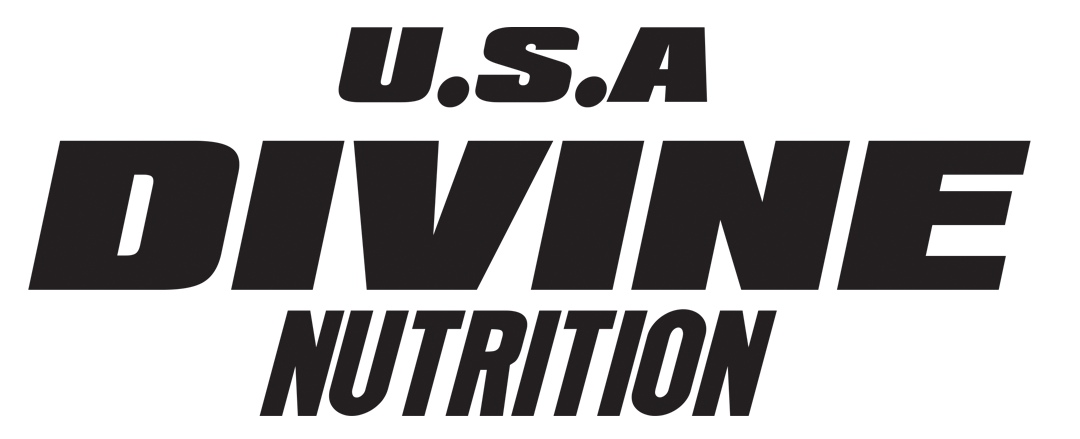Introduction
-
Hook: "Ever stared at a protein supplement label, only to feel completely lost?"
-
Why This Matters:
-
Protein powders and supplements are essential for many fitness and health goals.
-
Misreading labels can lead to unwanted ingredients or ineffective products.
-
What You’ll Learn: How to read protein labels, understand key terms, avoid misleading claims, and make smarter, healthier choices.
-
Who Should Read This? Athletes, fitness enthusiasts, health-conscious individuals, and anyone using protein supplements.
1. Why Protein Matters
-
The Role of Protein in the Body:
-
Supports muscle growth, recovery, and repair.
-
Provides satiety for weight management.
-
Essential for hormone and enzyme production.
-
Daily Protein Needs:
-
Sedentary individuals: 0.8g per kg of body weight.
-
Active individuals and athletes: 1.2–2.0g per kg of body weight.
-
Adjustments for weight loss, muscle gain, or vegan diets.
2. Types of Protein Powders
-
Whey Protein:
-
Benefits: Fast absorption, high BCAA content.
-
Who it’s for: Ideal post-workout for muscle recovery.
-
Casein Protein:
-
Benefits: Slow digestion, great for nighttime recovery.
-
Plant-Based Proteins:
-
Examples: Pea protein, hemp protein, brown rice protein, soy protein.
-
Who it’s for: Vegans, vegetarians, or those with lactose intolerance.
-
Egg White Protein:
-
Benefits: High bioavailability, dairy-free option.
-
Blended Proteins:
-
Mix of multiple sources for a complete amino acid profile.
3. How to Read Protein Labels: Breaking Down Key Elements
a. Protein Content per Serving
-
Look at the grams of protein per scoop (e.g., 20g–30g is ideal).
-
Compare total protein to serving size: High-quality protein should make up 70–90% of the total weight.
b. Types of Protein Used
-
Whey Protein Isolate vs. Concentrate:
-
Isolate: 90% protein, minimal fat and lactose (best for lean muscle).
-
Concentrate: 70–80% protein, higher fat and carbs.
-
Plant-Based Proteins: Ensure it's a complete protein or blend (e.g., pea + brown rice).
c. Ingredient List
-
Look for minimal ingredients: Protein source, natural flavoring, and sweeteners.
-
Avoid:
-
Artificial sweeteners like aspartame.
-
Excess fillers, thickeners, or gums.
-
Hydrogenated oils or trans fats.
d. Amino Acid Profile
-
Check for BCAAs (Leucine, Isoleucine, Valine): Essential for muscle growth.
-
Ensure it’s a complete protein (all 9 essential amino acids).
e. Added Sugars and Sweeteners
-
Natural Options: Stevia, monk fruit, or minimal cane sugar.
-
Red Flags: High fructose corn syrup, artificial sweeteners, or excessive sugar (>5g per serving).
f. Certifications and Third-Party Testing
-
Look for:
-
NSF Certified for Sport: Ensures purity and safety.
-
Informed Choice: Free from banned substances.
-
Organic, non-GMO, gluten-free, or vegan certifications (if relevant to your diet).
g. Calories and Macronutrient Breakdown
-
Balance between protein, carbs, and fats to fit your goals (e.g., low-carb for weight loss).
4. Common Marketing Tricks to Watch Out For
-
“High Protein” Claims: Ensure the actual protein content per serving is significant.
-
“Lean” or “Diet Protein”: Often loaded with hidden sugars or fillers.
-
Serving Size Manipulation: Smaller servings may mislead you about nutrient density.
-
Buzzwords: "Natural," "clean," or "organic" doesn’t always mean high quality—check the ingredients.
5. Sample Diet Structure Incorporating Protein Supplements
For Muscle Gain
-
Breakfast: Protein oatmeal with whey protein and almond butter.
-
Post-Workout: Whey protein shake (20–30g).
-
Lunch: Grilled chicken, quinoa, and steamed broccoli.
-
Dinner: Salmon with sweet potato and asparagus.
For Weight Loss
-
Breakfast: Smoothie with plant-based protein, spinach, banana, and almond milk.
-
Snack: Greek yogurt or protein bar (low-sugar).
-
Lunch: Lentil salad with mixed greens and avocado.
-
Dinner: Tofu stir-fry with brown rice.
For General Health
-
Include protein shakes as snacks or meal replacements if needed.
6. Top Protein Supplements to Consider
Whey Protein:
-
Add your products
Plant-Based Protein:
-
Add your products
Blended Proteins:
-
Add your products
Clean Protein Options:
-
Add your products
7. Benefits of Choosing the Right Protein
-
Faster muscle recovery and growth.
-
Better satiety for weight management.
-
Avoiding unwanted additives for long-term health.
-
Suitable for dietary preferences: vegan, gluten-free, lactose-intolerant, etc.
Conclusion
-
Recap: Decoding protein labels helps you make healthier, more effective choices for your goals.
-
Final Thought: Avoid marketing gimmicks, focus on ingredient quality, and align products with your health and fitness needs.
-
Call-to-Action: Next time you pick up a protein powder, use this guide to decode the label like a pro!
About the Author
-
Brief Bio: Highlight your experience in nutrition, fitness, or health. Mention certifications (e.g., Certified Nutritionist, Fitness Coach).
-
Personal Note: “I’ve spent years helping individuals make informed choices about supplements to support their health goals.”
-
Links: Add website, social media, or any courses or programs you offer.
Frequently asked questions
Q1. How do I know if a protein powder is high quality?
Check for high protein content (70–90%), minimal ingredients, and third-party certifications.
Q2. What’s better: whey protein or plant protein?
Whey is ideal for muscle growth; plant protein is great for vegans or those with dairy intolerance.
Q3. Can I take protein supplements daily?
Yes, as long as you stay within your daily protein needs.
Q4. Are protein powders safe?
Yes, when from trusted, tested brands without harmful fillers.
Q5. Is added sugar in protein bad?
Limit added sugars to under 5g per serving for a healthier option.


